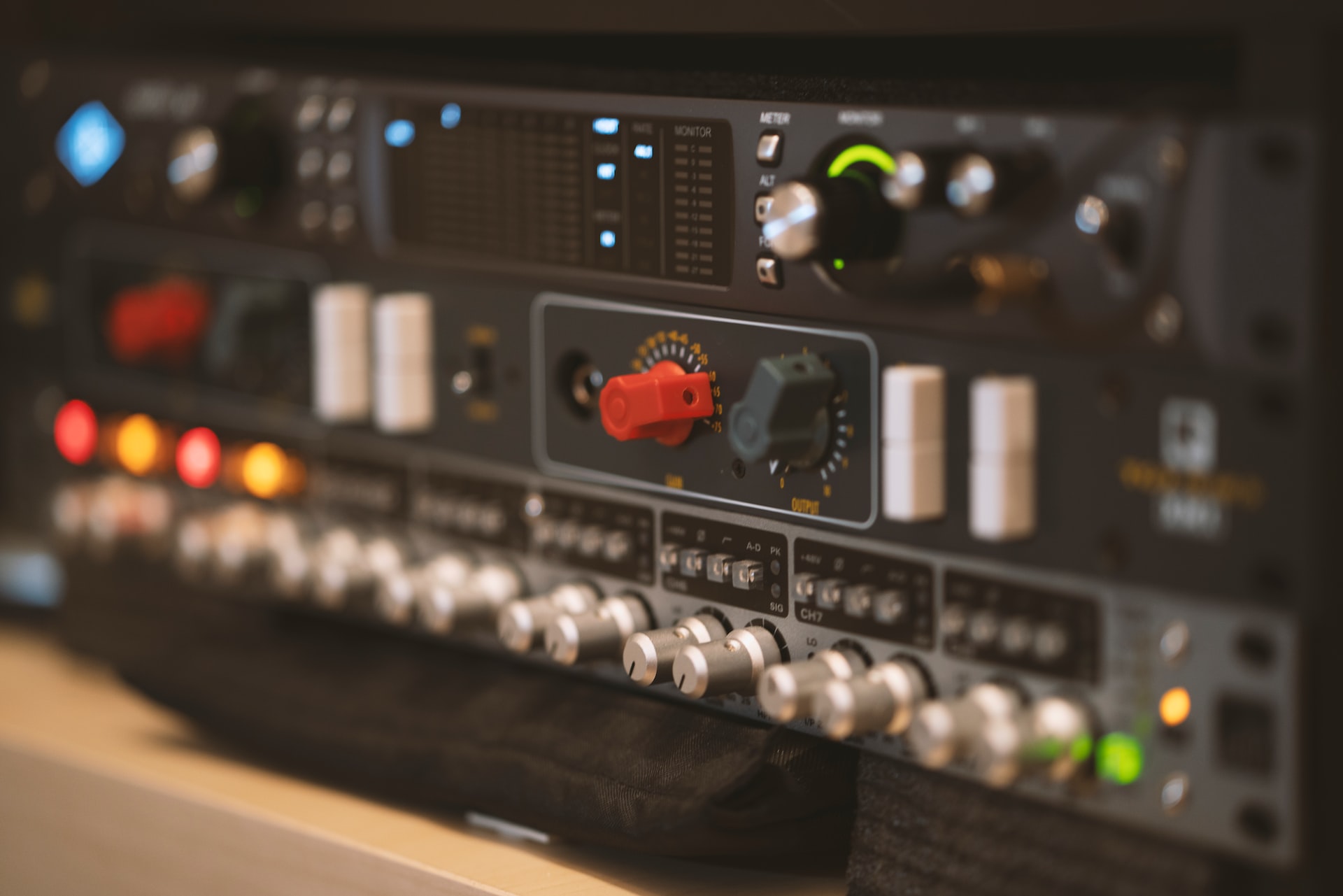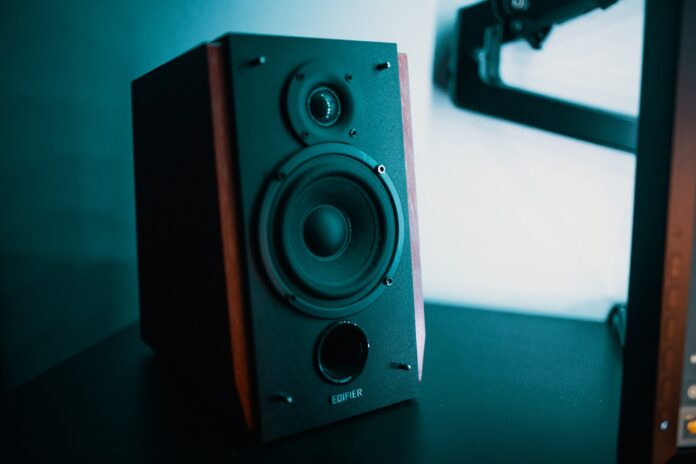Speakers have become an essential everyday electronic device. Whether you are listening to music, watching a movie, or doing a video presentation at work, having a speaker with amazing sound quality is a plus.
To fully enjoy your speakers, you must ensure they are working optimally. By this, I mean that the speaker’s sound quality is impeccable, and it is loud enough for you.
One of the ways that you can improve your speakers is by using an amplifier. Simply put, an amplifier is an electronic device that receives a signal and amplifies it.
Powering Active Speakers
Active speakers or powered speakers are speakers that have an in-built amplifier. These speakers are connected directly to an electrical outlet. Many people actually prefer these speakers because they are easy to use and set up, and the sound quality you get is fantastic.
In addition, powered speakers that have Bluetooth or wireless connectivity are more aesthetically pleasing and remove the cables-all-over-the-place phenomenon. If you want to delve deeper, you can read more about powered speakers at mysoundsonic.com.
Active speakers or powered speakers do not need to be powered up. This is because they already come with in-built amplifiers. Put simply, connecting these two is basically connecting two power sources. Therefore, powering up your speaker will certainly damage both your amplifier and speaker.
So, can you connect your powered speaker to our amplifier? Yes. Should you? Absolutely not! You can budget and buy another speaker if you are not pleased with the sound quality of the one that you have.
Powering Passive Speakers
Passive or unpowered speakers require a connection to an external amplifier. These speakers cannot produce any sound on their own and therefore need assistance from an amplifier. One of their advantages is that you can customize them to your specific needs.
Matching Speaker to Amplifiers
Before connecting a speaker to an amplifier, you will first have to ensure that the amplifier is the proper one for your speaker. You cannot just choose one and connect. They have to be matched.
Matching your speaker and amplifier correctly will prevent damaging your equipment and give you a cleaner sound.
To match your amplifier to your speaker, you will need to understand some basic terminologies.
- This is the measurement of power.
- Ohms is the measurement for resistance.
- Amps and Volts. Amps are the measurement of current, while volts refer to voltage.
- Speaker impedance. This refers to the resistance of the speaker to the amplifier, and it is measured in ohms. To power, a speaker efficiently, aim for a lower impedance. Impedance matching is the ohmic reading of your speaker and amplifier.

The amplifier you choose is determined by how you will use the speakers. However, there are certain aspects you need to consider before picking an amplifier for your speaker. They include:
- Look for an amplifier with different input ports that will allow you to use a wide range of devices.
- Speaker impedance. Most speakers have an impedance of 4ohms to 8ohms. You can find this information in the manual, manufacturer’s website, or on the speaker itself. Once you know your speaker impedance make sure the amplifier matches it.
- Power ratio. Check the maximum power your amplifier can handle before connecting it to your speaker. For example, if your speaker is 300 Watts, look for an amplifier that can handle 300 or 600 Watts. Do not overpower or underpower your speaker.
- Look for an amplifier frequency. The higher the frequency, the better.
- This refers to the Signal-to-Noise Ratio. You will need a high SNR for minimum to no noise.
Thankfully, you can find this information on both the speaker and amplifier manufacturer’s manuals and websites.
Power passive speakers without an amp.
If you do not have an amplifier, you can power up your speaker using:
- An AV receiver using a phono cable.
- A powered mixer. Powered mixers usually have an in-built mixer. To connect the two, you will need XLR or ¼ TRS cables and an RCA or 3.5mm cable for the connection.
- A powered speaker subwoofer. Just like the powered mixer, the powered subwoofer already has an in-built amplifier. The subwoofer will supply power to the speaker.
The Process
Now that you have matched your speaker to the amplifier, you can now safely connect the two. Speakers have two input terminals marked + or – symbols or colored red and black.
Ensure that the input on your speaker corresponds to the same output terminal in the amplifier. In other words, the + input in your speaker should match the +output in your terminal.
The terminals should be matched on both the left and right speaker channels. If this is not done correctly, the speakers will be out of sync. Once your sound system is set, make sure you place it where the cables at the back will not bend as this may damage them.





